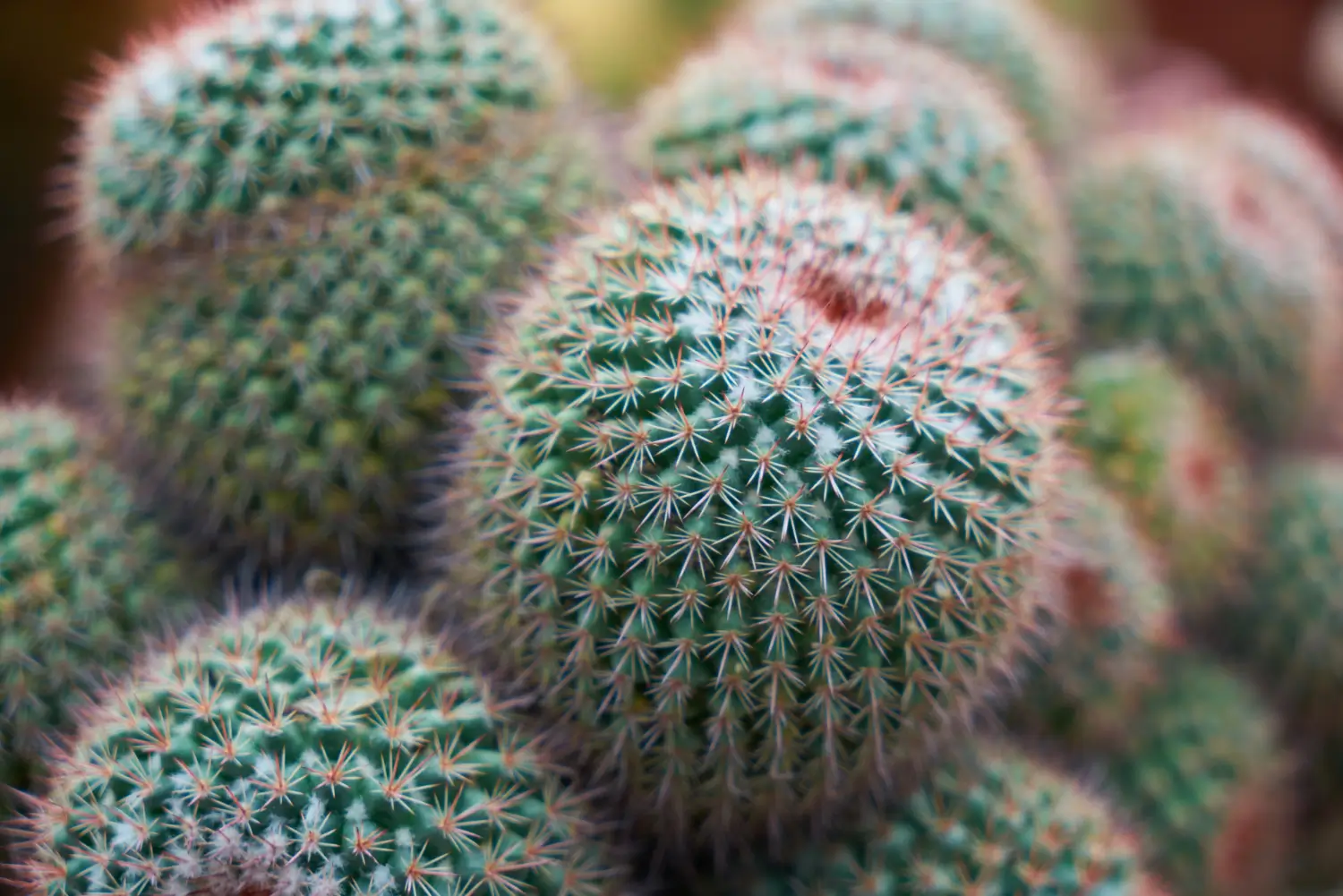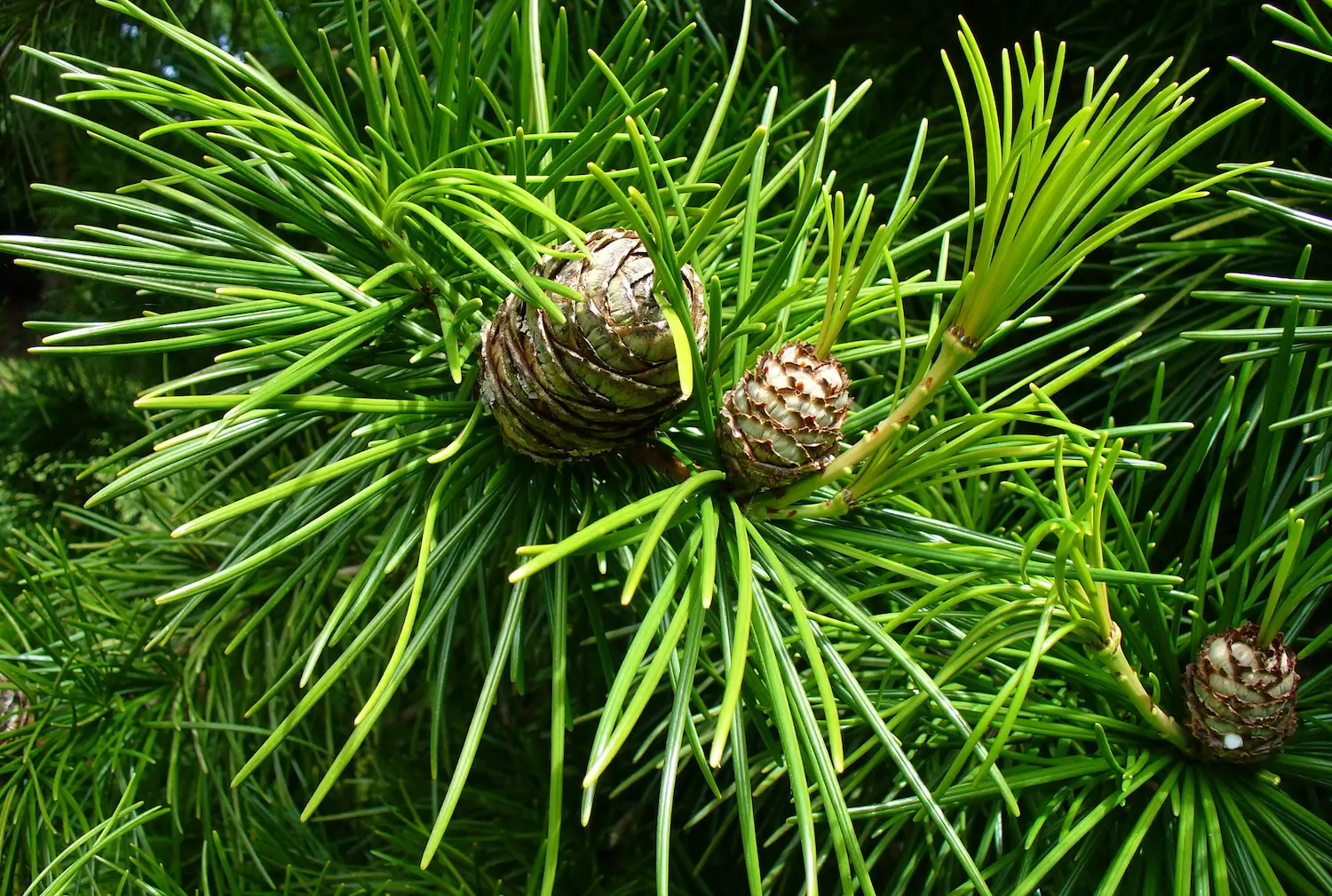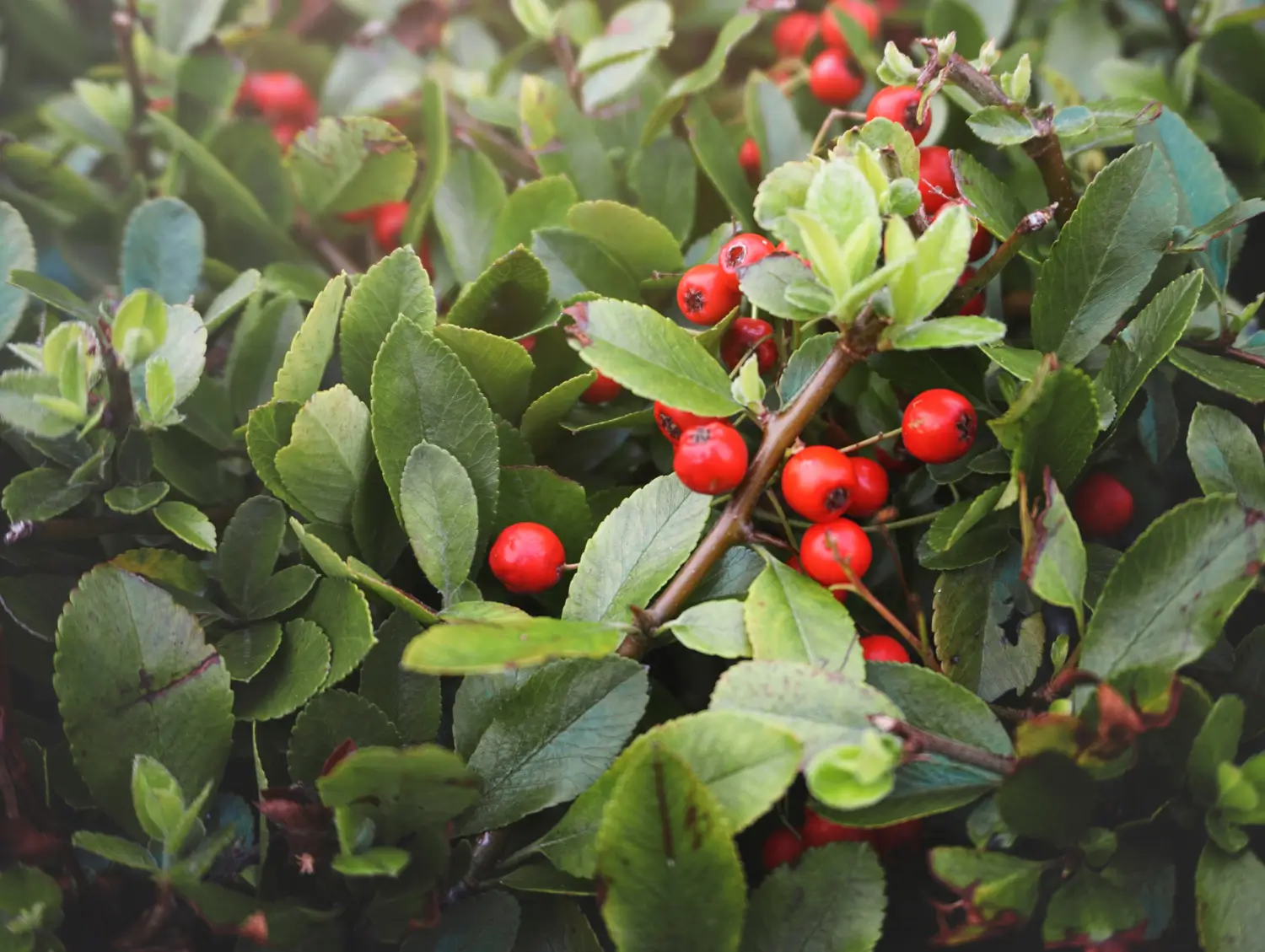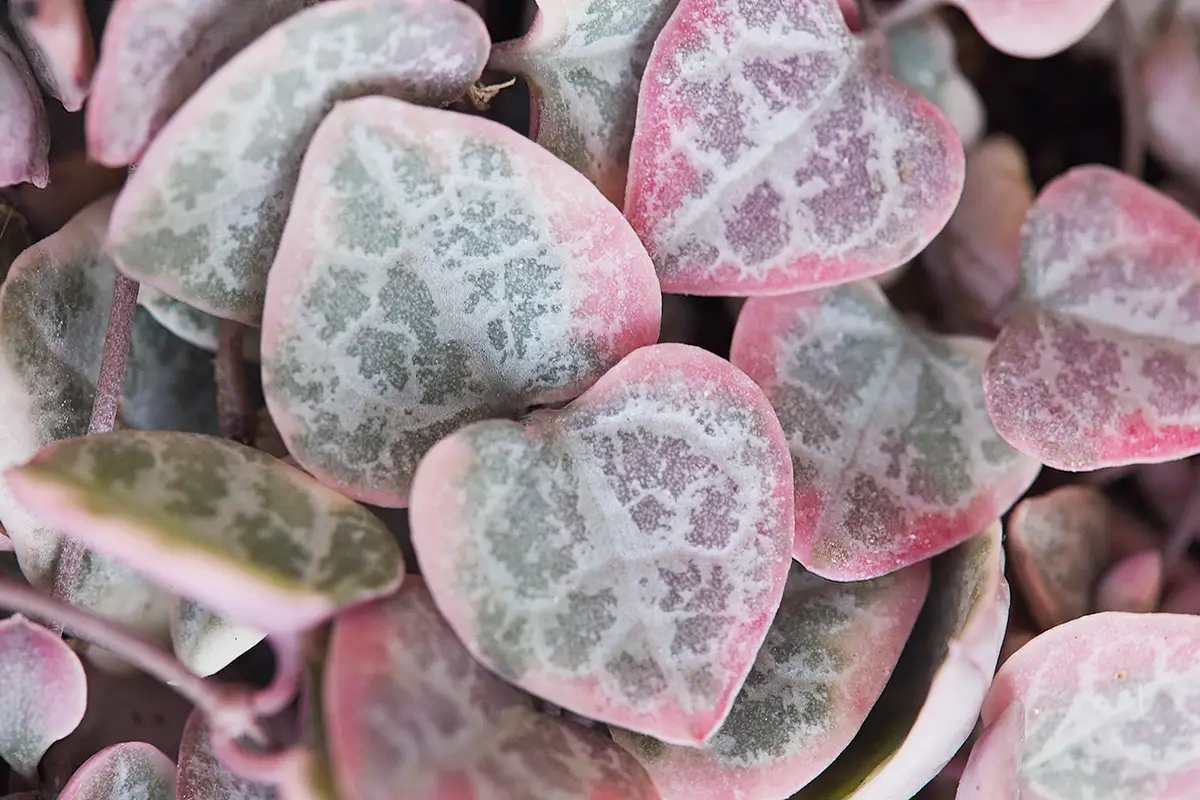
Soil Health & Fertilization
We unite suppliers and green industry professionals worldwide
The Ball Cactus (Parodia magnifica and related species in the Notocactus group) earns its name from its globe-like form and neatly spaced ribs, giving it the appearance of a botanical sculpture
By Victor Miller
|Published on June 08, 2025


“Did you know the Ball Cactus gets its name not just from its shape—but from its habit of stacking into a spiky cluster of spheres over time?”
The Ball Cactus (Parodia magnifica and related species in the Notocactus group) earns its name from its globe-like form and neatly spaced ribs, giving it the appearance of a botanical sculpture. Native to the rocky glasslands of South America — primarily Brazil, Uruguay, and Argentina — this cactus is prized for its geometrical symmetry, radiant golden spines and pop of yellow or orange flowers that appear in the summer.
Thanks to its compact size and minimal care needs, a Ball Cactus is a top pick among houseplant enthusiasts and cactus collectors. It’s a fabulous starter cactus for novices, and has enough visual interest to satisfy the seasoned enthusiasts. Grown alone or as part of a succulent arrangement, its tidy shape and resilience make it a standout.
| Botanical Name | Parodia magnifica |
| Common Name | Ball Cactus, Balloon Cactus |
| Type | Perennial succulent cactus |
| Size | 4–12 inches tall, 4–6 inches wide |
| Light requirements | Full sun to bright indirect light |
| Soil needs | Well-draining cactus mix |
| Water needs | Low, let soil dry out completely |
| Hardiness Zones | 9–11 (USDA) |
| Time to bloom | Late spring to summer |

September 25, 2025
9 minute read
September 24, 2025
9 minute read
September 23, 2025
10 minute read
September 22, 2025
9 minute read


Join as a seller and connect with thousands of B2B buyers nationwide!
Sign Up
Ball Cactus is easy to care for, and is a perfect plant for your windowsill or summer patio. It requires lots of light, but not too much water, and good air circulation. It can develop bright, daisy-like blossoms and small offsets or pups ” that can form clumps over time during its growing season in spring and summer. Keep the plant in a bright location, repot every couple of years and enjoy its steady, compact growth and low demand for attention.
Good light is key for Ball Cactus: it prefers bright light and full sun is even better. Outdoors, it can handle direct sun for most of the day, though some light afternoon shade may help in very hot climates. Indoors, place it near a south- or west-facing window.
If you don’t provide enough light, it may cause the plant to stretch or lose its compact, rounded shape, while too much harsh sunlight can cause sunburn. A balance of strong light and good airflow is best.
The Ball Cactus requires well-draining soil. Select a cactus or succulent mix, or make your own by mixing potting soil with sand, pumice or perlite. Avoid saturated, moisture-retaining soil that can lead to rot. A gritty, well-aerated soil mix replicates the cactus’s natural habitat and makes its roots happy.
Ball Cactus prefers dry conditions and doesn’t like to sit in moist soil. Allow it to dry out completely between waterings. Water the plant every 2–3 weeks in the growing season, depending on humidity and pot size.
During the winter, water the plant once a month or less when they’re dormant. Signs of overwatering include soft spots, discoloration, or rot—when in doubt, it’s better to wait before watering.
Trimming Ball Cactus is rarely needed, but a bit of grooming helps:
Propagating Ball Cactus is very easy.
This cactus is great for container growing.
Its neat form, colorful spines, and small stature make it perfect for display on desks, windowsills, or plant shelves.
If you are in USDA hardiness zones 9-11, you can keep your Ball Cactus plant outside year round, as long as it is protected from frost. In cold-winter areas, bring it indoors before temperatures drop below 50°F. Put it in a sunny window and reduce watering to once a month or less during winter dormancy. Avoid fertilizing or repotting in winter, and resume regular care in spring.
Ball Cactus bears daisy-like flowers in bright yellow, orange, or pink in late spring to summer. Flowers emerge at the top of the plant and each last several days. They are more likely to flower if the cactus has enjoyed a good, long winter period of dormancy, and had many hours of sunlight in the growing season. With time and care, mature plants bloom yearly.
Ball Cactus is generally trouble-free, but some issues may occur:
Small, spiky and delightfully hassle free, the Ball Cactus shows that great things really do come in small packages. With its balanced symmetry, bright spines, and seasonal flowers, it’s a charming addition to sunny shelves and cactus collections alike. For first-time growers and seasoned plant parents alike, the Ball Cactus brings structure, color, and a bit of desert flair to your space—with very little fuss in return.
The name of the plant is derived from its nearly spherical shape. Mature plants frequently make pups forming a clump of ball-shaped cacti.
Yes! It thrives indoors with enough light and proper drainage.
Ball Cactus is not highly toxic, but it’s best kept out of reach, because it has sharp spines.
In perfect conditions, Ball Cactus can live for decades and will continue growing and spreading.
Often, yes — especially if it has been given plenty of light and a cool, dry winter rest.

Soil Health & Fertilization
Victor Miller

Pest Identification & Prevention
Victor Miller

Lawn Care Tips & Maintenance
Victor Miller

Soil Health & Fertilization
Victor Miller

Smart Irrigation Systems
Victor Miller

Patios, Walkways & Driveways
Victor Miller

Soil Health & Fertilization
Victor Miller

Pest Identification & Prevention
Victor Miller
My Account
Our team is always here to help.
We are open Monday - Friday, 9:00 AM to 4:30 PM PST.



